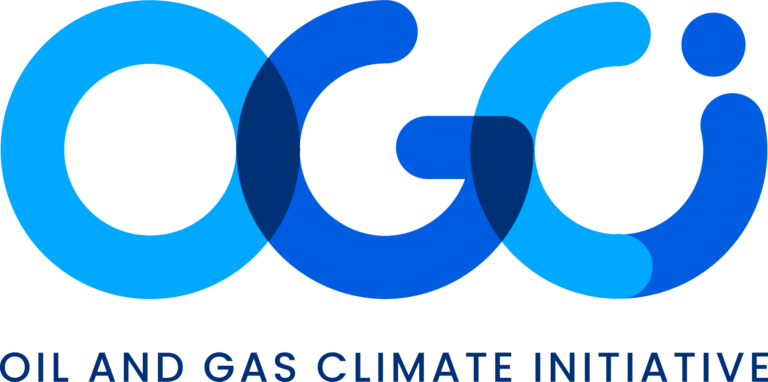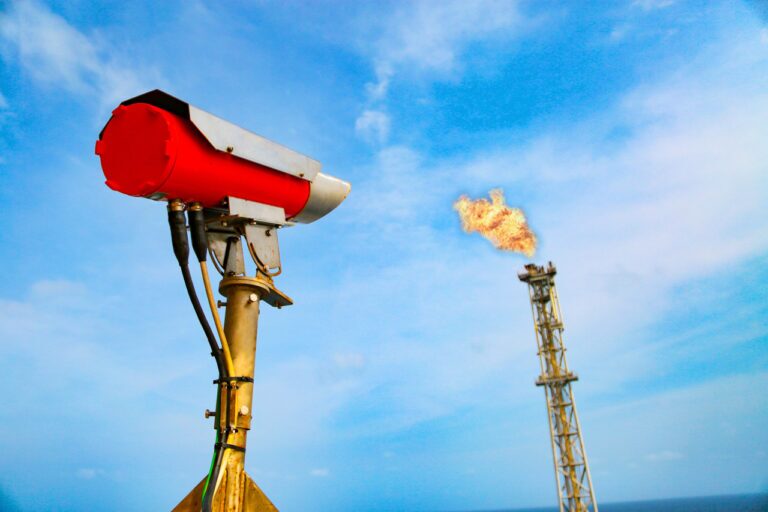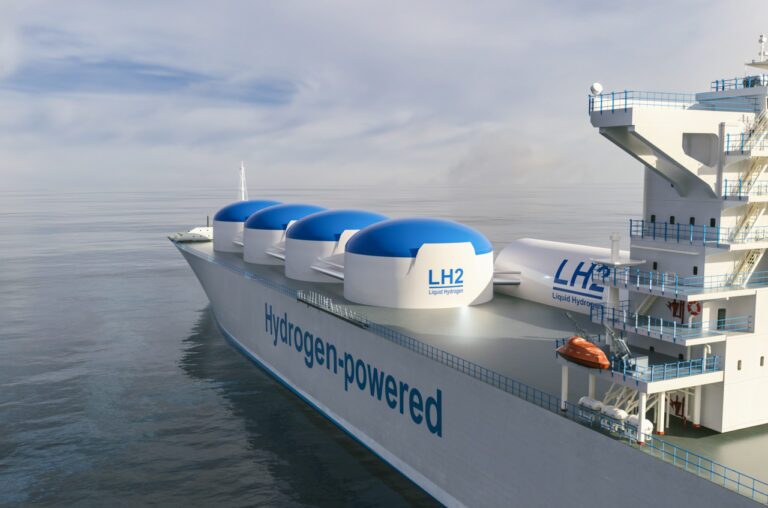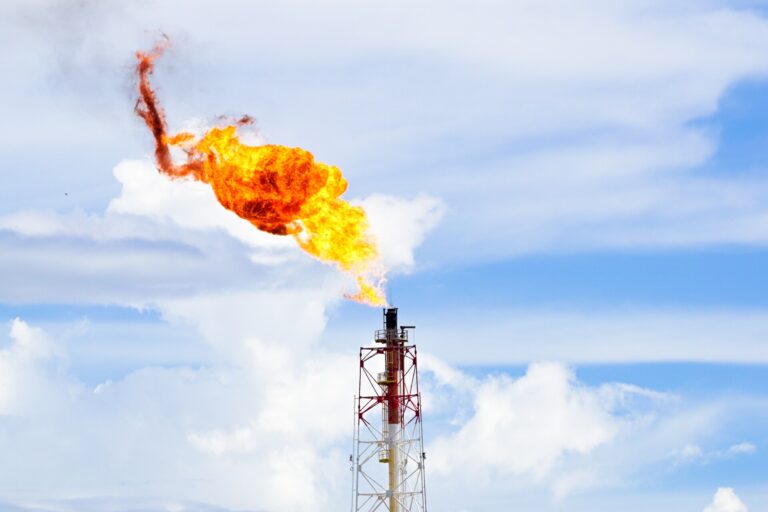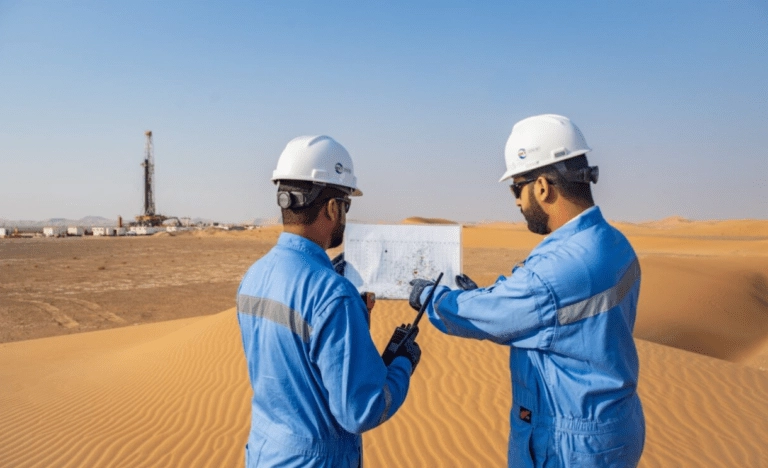This report provides an overview of various technologies used to detect methane leaks from pipelines. It contrasts legacy methods with more advanced solutions. The study includes a literature review and expert interviews to categorize and assess these technologies. Key findings emphasize the significance of pipeline methane emissions and the growing importance of modern detection methods for effective emissions management across the natural gas supply chain.
Leak detection methods for natural gas pipelines
Highwood Emissions Management (“Highwood”) is a globally recognized leader in methane accounting and reporting for the oil and gas industry.
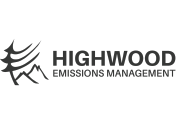
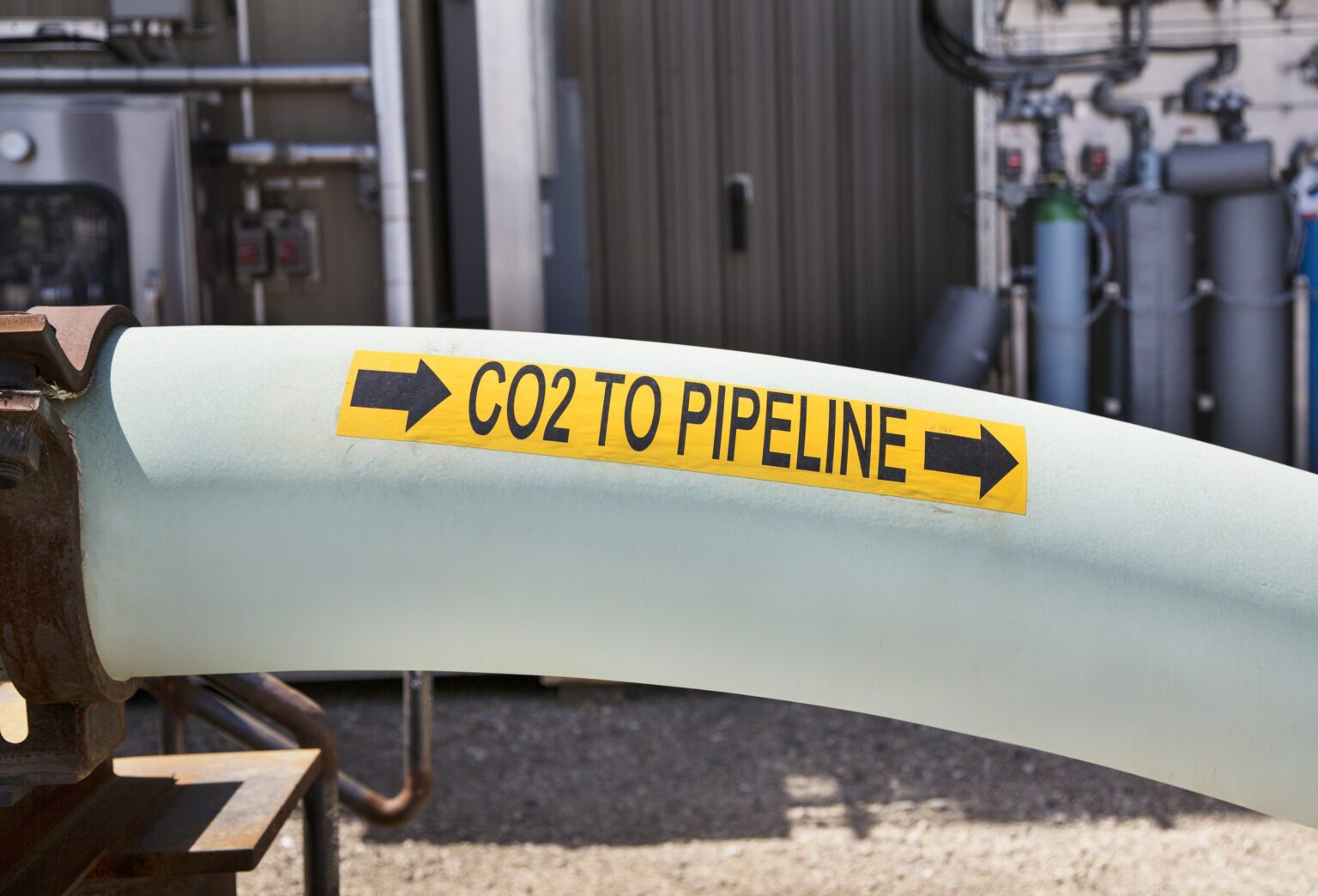
OGCI and its member companies do not assume any responsibility for the accuracy or reliability of any information offered by third-party websites linked though this site. The views expressed in the external content do not necessarily reflect those of OGCI or its member companies. See our Terms of Use.
Region
Global
Published
2022
Resource Type
Technical report
Category
Detection and quantification technologies
More info
Sub-Category
Technology deployment
Segment
N/A
Equipment
N/A
Related resources
This resource outlines the work and research conducted by EQT’s Production and Environmental teams to target low-cost opportunities for abating methane emissions from natural gas-driven
Ten-step roadmap for policymakers to implement methane policies for the oil and gas industry. Across these steps, the process of implementing a new regulation unfolds
MiQ has developed and launched the Gas Buyers Methane Emissions Calculator, a tool designed to help natural gas buyers assess the potential methane emissions reductions
Recently visited resources
The IEA’s gas flaring page reviews global flaring trends, environmental impacts, and reduction strategies. It discusses flaring’s role in greenhouse gas emissions and offers links
Brochure created by GasNaturally discussing methane emissions in Europe. It highlights the environmental impact of methane, O&G sources, and emission reduction strategies. The document also
This book highlights the business case for reducing gas flaring and methane emissions (FMR), offering a framework for policymakers to evaluate FMR project feasibility and
